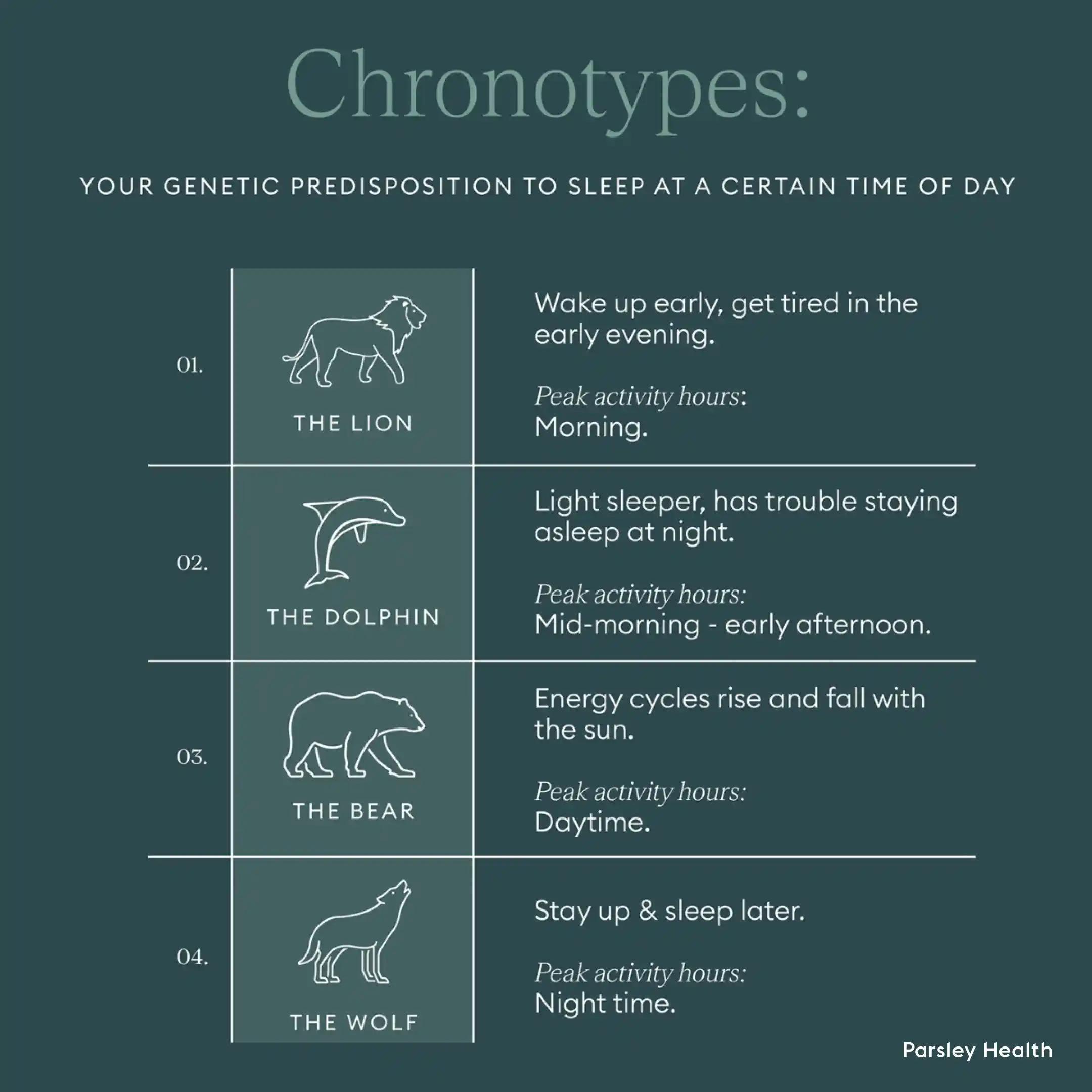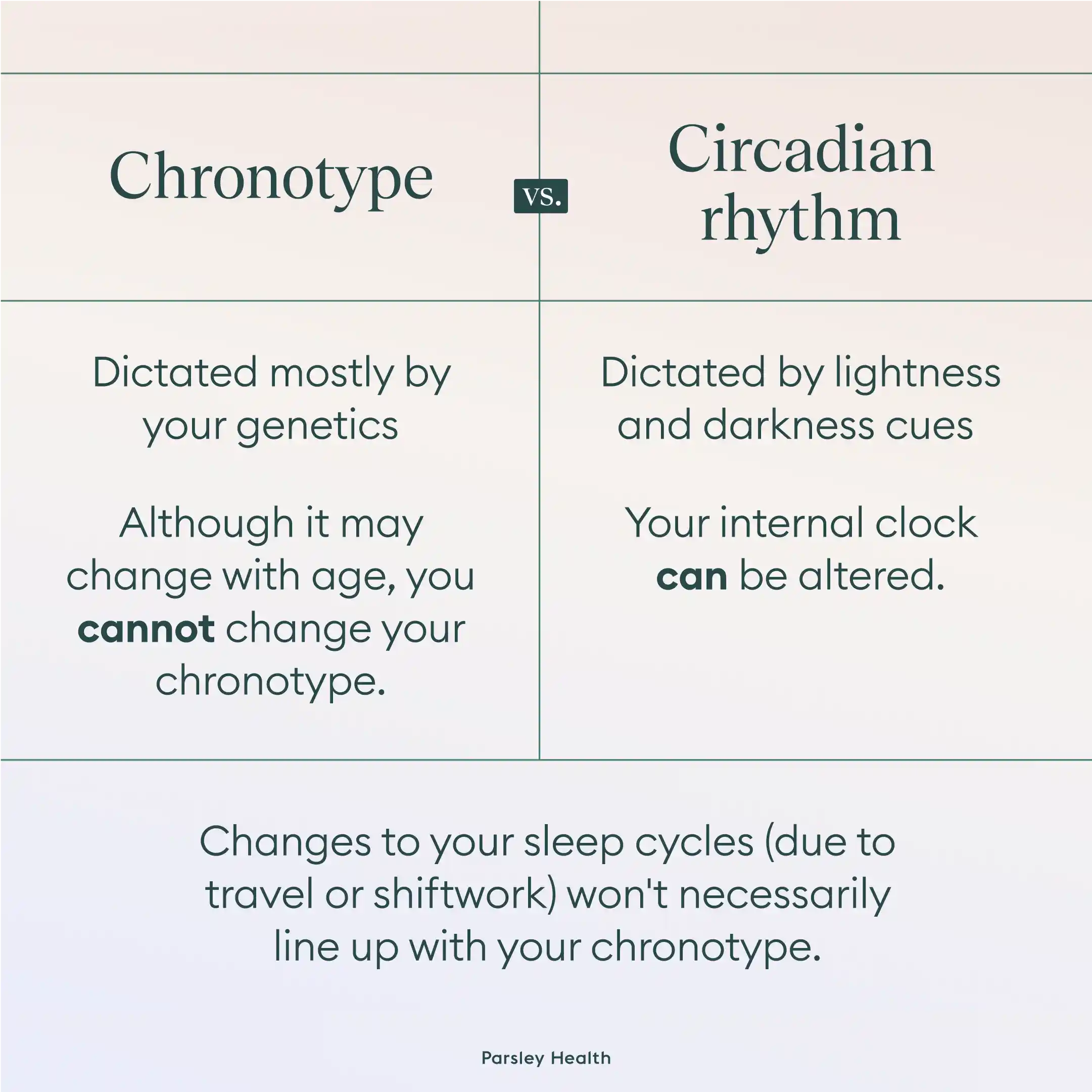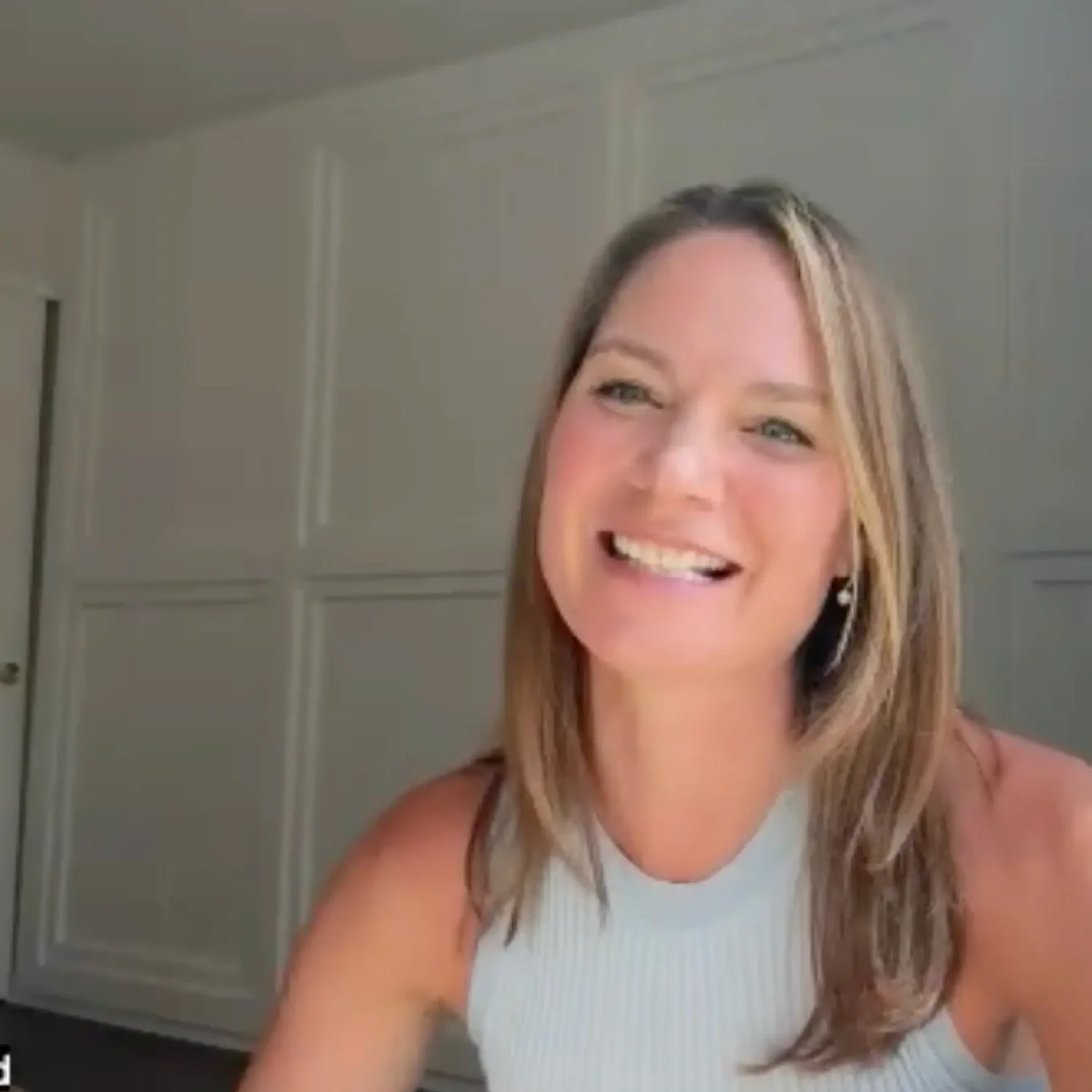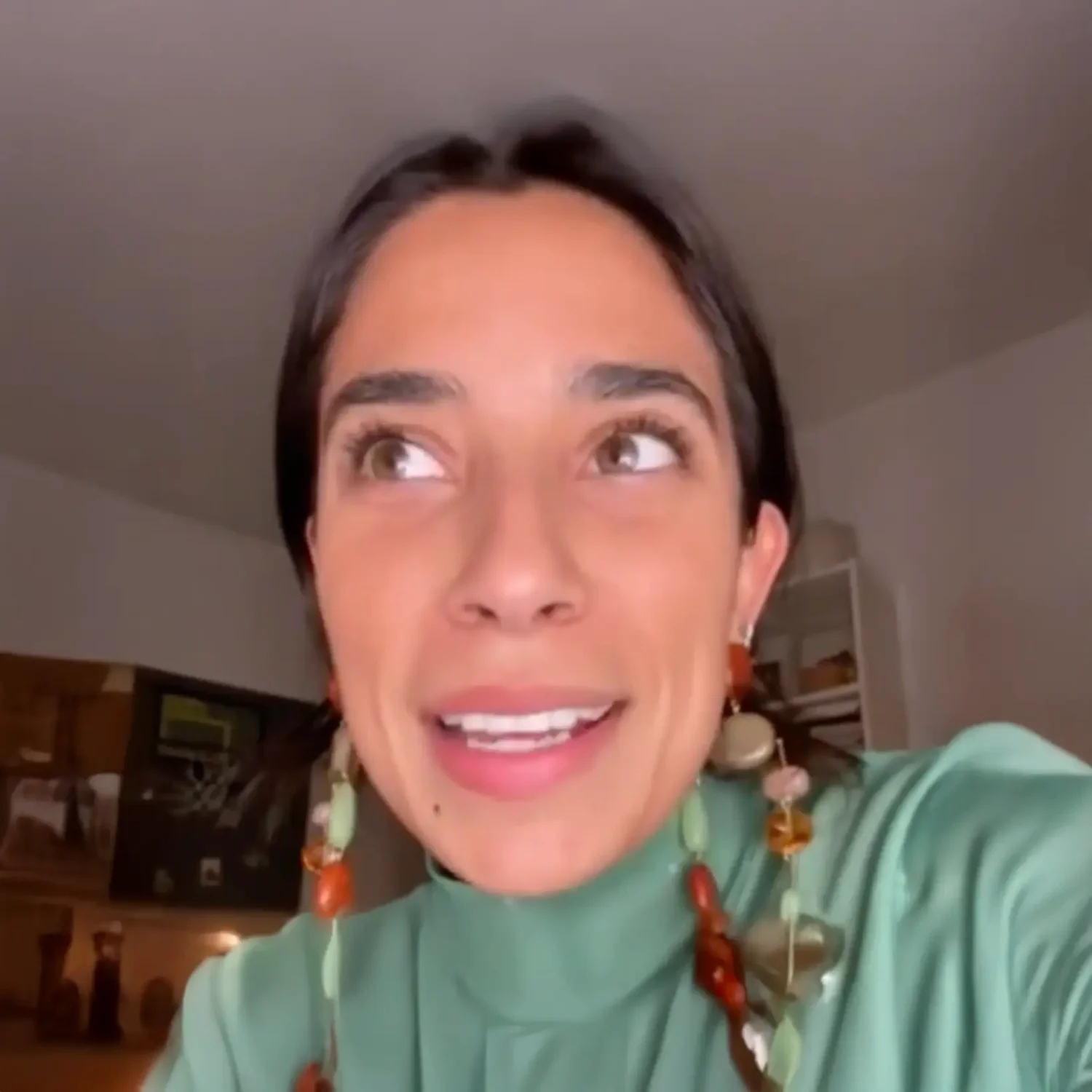This article has been medically reviewed by Nisha Chellam, MD. It contains additional reporting by Jennifer Chesak.
If you’ve ever wondered why you can pop out of bed at the crack of dawn with no issue while your partner or friend prefers to sleep until mid-morning, science has a reason. Meet your sleep chronotype.
Sleep chronotypes are people's natural proclivity for when they go to sleep and wake up. You've likely heard of the proverbial phrases "morning lark" and "night owl." But these categories don't fit everyone. That's why researchers have come up with four distinct chronotypes.
Your chronotype informs more than just your sleep and wake times. It also plays a role in when you have the most energy and focus and when you might feel an energy slump.

Knowing your chronotype and working with it rather than against it can help you biohack for better sleep, productivity, and more.
What are the different chronotypes, and what do they mean?
As you might have guessed, chronotypes fall on a spectrum with the proverbial morning larks and night owls on the extreme ends, says Christina Kang, a certified health coach.
Some people like waking up early and are most productive during earlier parts of the day. These folks fall into the morning chronotypes category. Others prefer to sleep in. They thrive in the afternoon and evening. These folks fit into the evening chronotypes categories.
“Some evidence suggests that morning chronotypes are associated with shorter circadian-rhythm periods—less than 24 hours—while evening chronotypes may have circadian periods longer than 24.2 hours,” Kang says. That means not everyone’s body naturally follows a 24-hour cycle.
Sleep onset, body temperature, and melatonin markers for sleep may be two to three hours later for evening chronotypes than morning chronotypes.
With their delayed alertness and sleepiness rhythms, evening chronotypes can stay up later. Morning chronotypes often start to experience sleepiness in the middle of the day, while evening chronotypes start feeling sleepy around nine hours later in the evening.
Rather than sticking with the themes of morning lark and night owl, Michael J. Breus, PhD, clinical psychologist and sleep doctor, wrote a book called The Power of When, in which he describes chronotypes as animals. His chronotypes account for those who don't quit fit the lark or owl schedules.
Which chronotype are you?
- Dolphins are light sleepers and tend to have trouble staying asleep. Some may have insomnia. Their peak productivity hours are in the mid-morning to early afternoon.
- Lions wake up early and have their peak productivity hours in the morning. They tend to get tired in the early evening.
- Bears have energy cycles that rise and fall with the sun, and they are most productive in the daytime.
- Wolves stay up and sleep later. They typically go to bed around midnight or after and like to sleep in.
Read on for how to embrace your chronytpe for better sleep and productivity.







